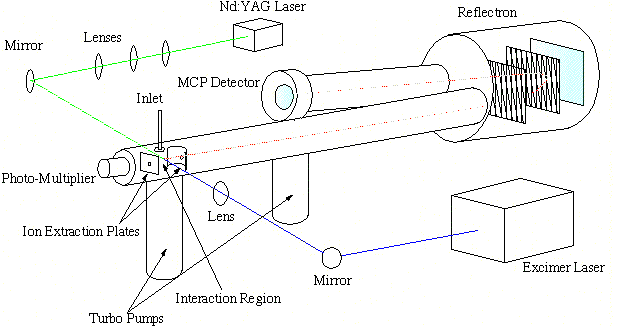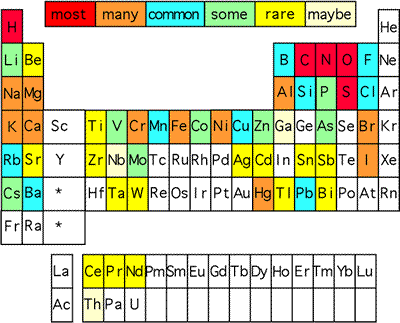A .gov website belongs to an official government organization in the United States.
A lock () or https:// means you've safely connected to the .gov website. Share sensitive information only on official, secure websites.
The PALMS instrument is a laser ionization mass spectrometer which makes in-situ measurements of the chemical composition of individual aerosol particles. Aerosols are brought into a vacuum system and individual particles are detected by light scattered as they cross the beam of a continuous laser. The scattered light signal gives a rough indication of the size of the particle and a provides a trigger for an excimer laser (193nm), which is pulsed so its beam hits the particle to desorb and ionize molecules and atoms. These ions are analyzed with a time of flight mass spectrometer to provide a complete mass spectrum from each particle. The instrument is capable of measuring particles from 0.2 to 3 microns in diameter. Analysis is complete less then 1 millisecond after the aerosols enter the inlet. Furthermore, artifacts are minimized because particles never touch a surface. The instrument can acquire either positive or negative ion spectra.
There are two versions of the instrument. A laboratory version has made measurements at Idaho Hill, Colorado, Cape Grim, Tasmania, and Atlanta, Georgia. A flight version has flown in the nose of the NASA WB-57F high-altitude research aircraft, which is operated by NASA Johnson Space Center based at Ellington Field in Houston, Texas.


